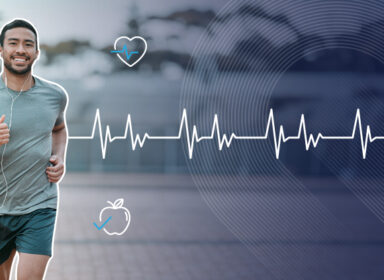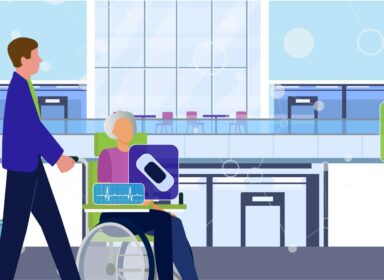In a post-COVID-19 world, virtual care has cemented itself as the future of healthcare. From telehealth platforms to home testing and remote monitoring, providers are earnestly pursuing the tools and the tech needed to extend high quality care anywhere—and at every point of the patient journey. Having a virtual care strategy is no longer optional for providers; it is required in order to serve and satisfy today’s connected patients. Research tells us more than 8 in 10 of patients expect to continue using telehealth services post-COVID. Meanwhile, the many use cases for virtual care continue to grow.
In particular, remote patient monitoring (RPM) has improved the ways in which providers can manage acute and chronic conditions while minimizing patients’ travel costs and maximizing their convenience. It has also proven surprisingly effective on multiple fronts without adverse impacts on patient engagement. In fact, according to the American Hospital Association, compliance with care plan tasks was 61.6% among low-intensity patients and 72.5% among high-intensity patients.
In cardiology, remote patient monitoring has the potential to improve care experiences in an outsized way. So much so that the American Heart Association recently came out in support of RPM’s benefits when it comes to treating key aspects of pediatric heart disease. While cardiology has been embracing virtual models for years in the form of remote arrhythmia detection and monitoring, it has recently become clear that providers require an even more flexible and scalable approach to cardiac telemetry—one that provides them with more acuity, agility, and adaptability.
This is where InfoBionic’s MoMe™ ARC platform comes in. Our vision is to realize the fullest potential of RPM in order to build a more efficient, dynamic, and effective patient journey. In this blog post we will explore what RPM looks like throughout the journey of a cardiac patient.
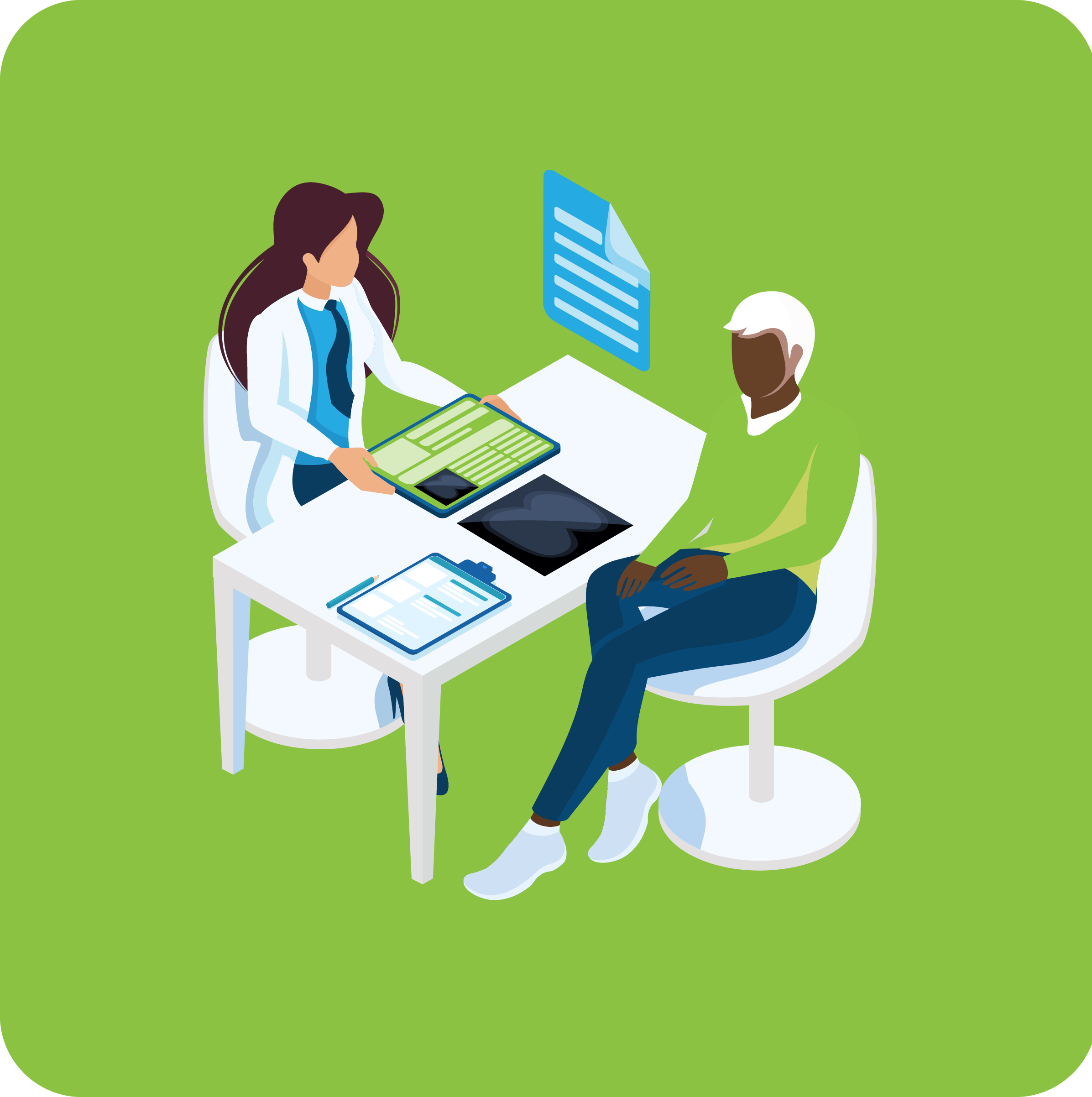
Inside the Cardiologist’s Office
With the clinical acuity of cardiac arrhythmia detection at an all-time-high, the same platform can now be used for in-office diagnostics and at-home monitoring. In addition to recording some baseline measurements onsite, the cardiologist will typically get the patient set up and comfortable with their remote monitoring solution before sending them on their way. Thanks to intuitive technology and continuous connectivity, it has never been easier to adopt RPM and adhere to the defined monitoring plan.
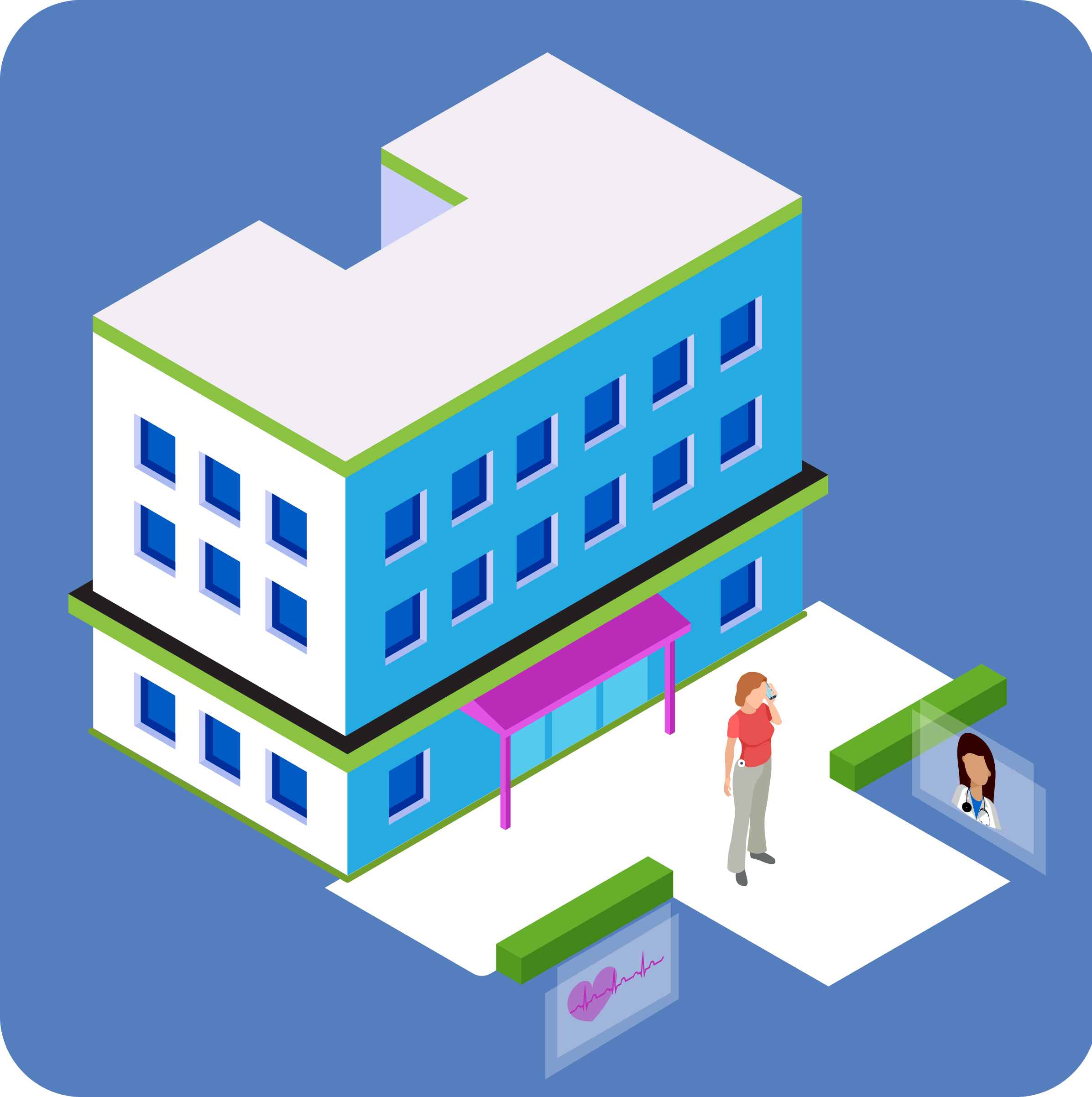
After the Cardiac Appointment
After leaving the doctor’s office, the real power of RPM comes to life as high-fidelity cardiac monitoring continues with the patient wherever they go. In the future, different lead configurations will support nearly any level of patient acuity while full disclosure data ensures providers hold the keys to the kingdom—enabling enhanced clinical agility and diagnostics at scale. Event, Holter, and MCT monitoring can all be seamlessly administered through one connected device, removing friction and enabling the highest possible patient adherence.
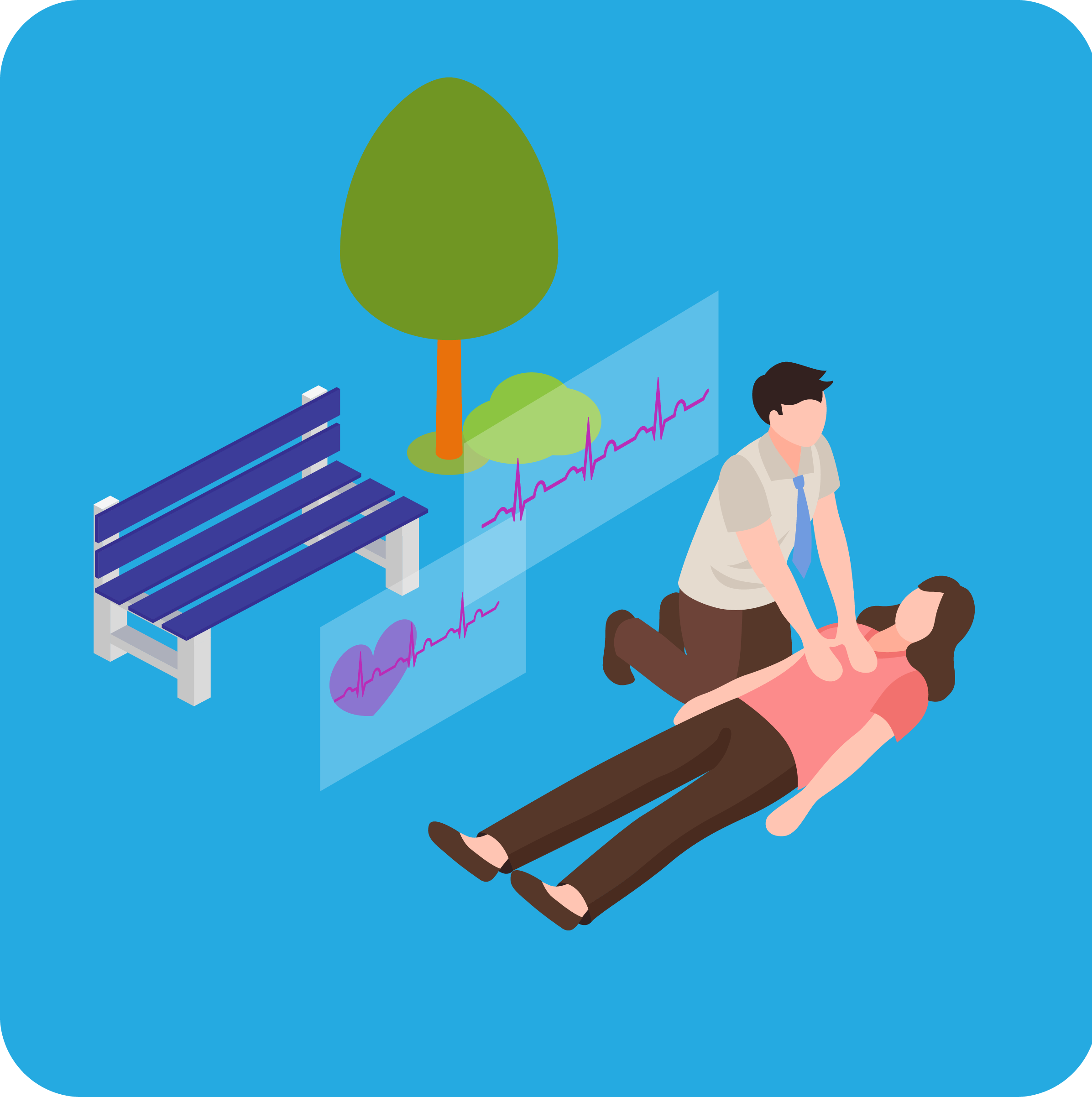
During a Cardiac Event
When a cardiac event occurs, RPM enables providers to instantly access data in near real time—removing delays that put distance between providers and their patients. Equally important, RPM affords providers the benefit of non-event data, providing a more complete picture of a patient’s cardiac performance leading up to and directly following an anomaly of any kind. If you are a cardiologist, you know the clinical value of this data—which has the power to sharpen diagnoses and even improve outcomes.
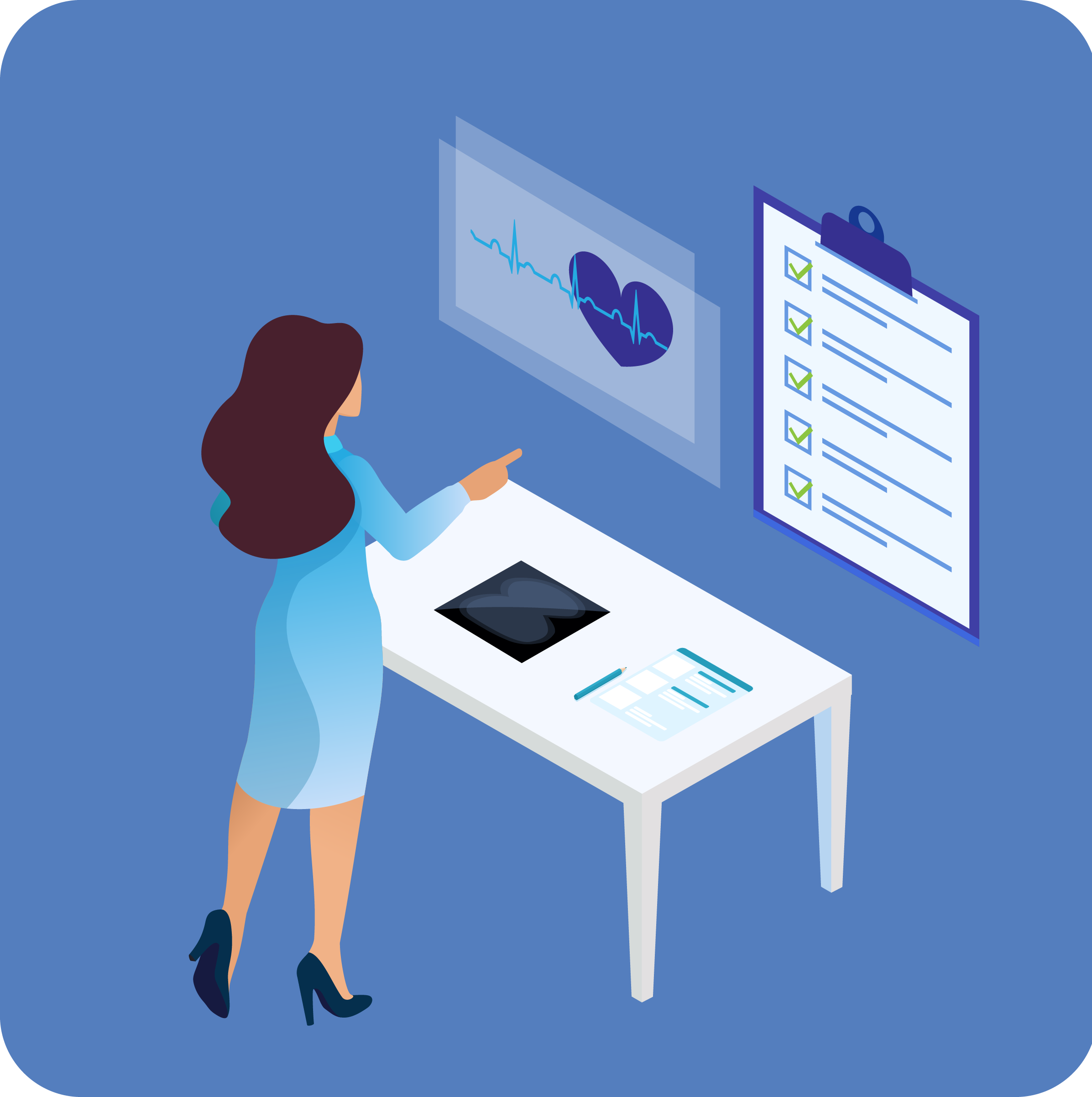
Prior to the Procedure
If a surgical cardiac procedure is required, the value of RPM continues as patients are remotely cleared for operation. The doctor can securely access and interpret pre-op data from anywhere, and expand RPM from remote cardiac arrhythmia detection to include a variety of other indicators that go into pre-op clearance—from blood pressure to oxygen saturation, weight, and more.
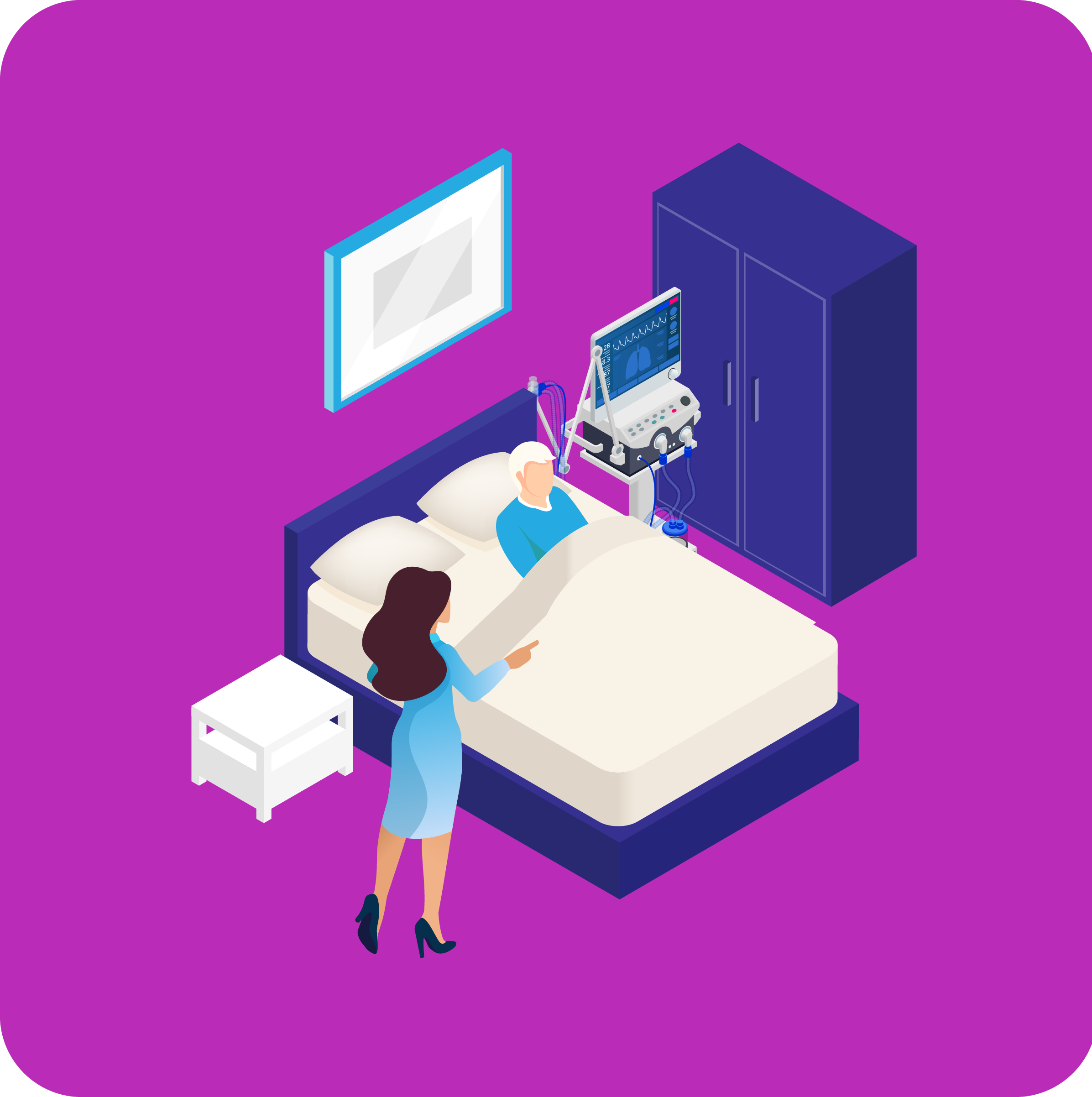
In the Hospital
While designated ICU monitors will inevitably be needed for patients with the most complex care requirements and an intensive need for monitoring, virtual telemetry solutions are fast approaching hospital-grade data fidelity. These solutions can provide real utility for patients in the step-down or med surge unit. Using the same virtual telemetry platform, providers can monitor a patient’s cardiac performance in the step-down or med surge unit to ensure a patient is not experiencing complications and is making appropriate progress towards discharge.
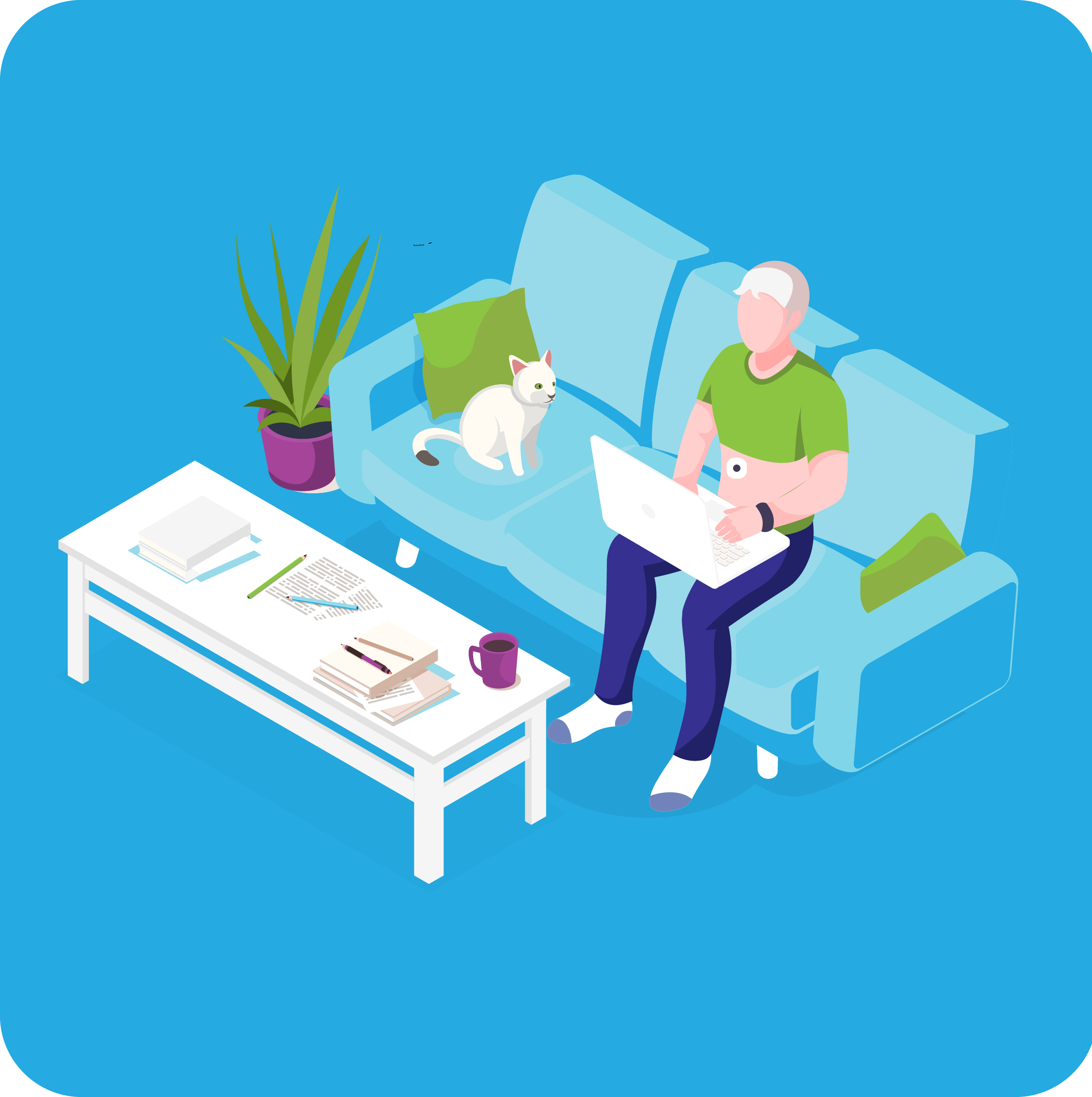
After Discharge from the Hospital
Historically, a patient’s discharge from the hospital represented the beginning of a glaring lapse in visibility and control for their care team. Thanks to high-fidelity remote patient monitoring, however, this is no longer the case. Instead, providers can send visibility home with the patient, monitoring cardiac performance continuously (with no lapse in data)—even when Wi-Fi is not available. This data has the potential to significantly reduce post-op readmissions by proactively monitoring cardiac indicators in a patients’ first days back home—days that represent the greatest clinical risk.

Years Down the Road
RPM can be harnessed as a tool throughout the patient journey, even years after a procedure has been performed. In addition to being leveraged by a patient’s cardiologist for regular and repeatable monitoring check-ins, RPM can also be leveraged by primary care practitioners as an element of annual care. For some patients with complex, long-term cardiac conditions, RPM may be a fixture in their daily life—key to providing clinicians a lens into long-term cardiac performance. As a scalable and flexible tool that is no longer limited by data fidelity as it was in the days of old, virtual cardiac telemetry enables providers to define the most appropriate monitoring plan on a patient-by-patient basis.
The MoMe™ ARC Platform: A Powerful Vision for the Patient Journey in Cardiology
The patient care journey is complex, particularly in cardiology, but the right solution for remote patient monitoring can transform it through greater visibility, continuity, and control for the clinician and the patient.
InfoBionic is on a mission to bring high fidelity cardiac data to each and every stage of the patient journey by developing the first virtual telemetry platform to enable hospital-grade monitoring from anywhere. Our vision will enable care teams to support higher acuity hospital-to-home scenarios with near real-time, continuous monitoring, tailor patient care with modular wireless lead sets for the most appropriate level of acuity, and deliver a more convenient and connected experience to each and every one of their patients.
Contact us to discover how you can bring advanced cardiac RPM to every part of your patient’s journey.

